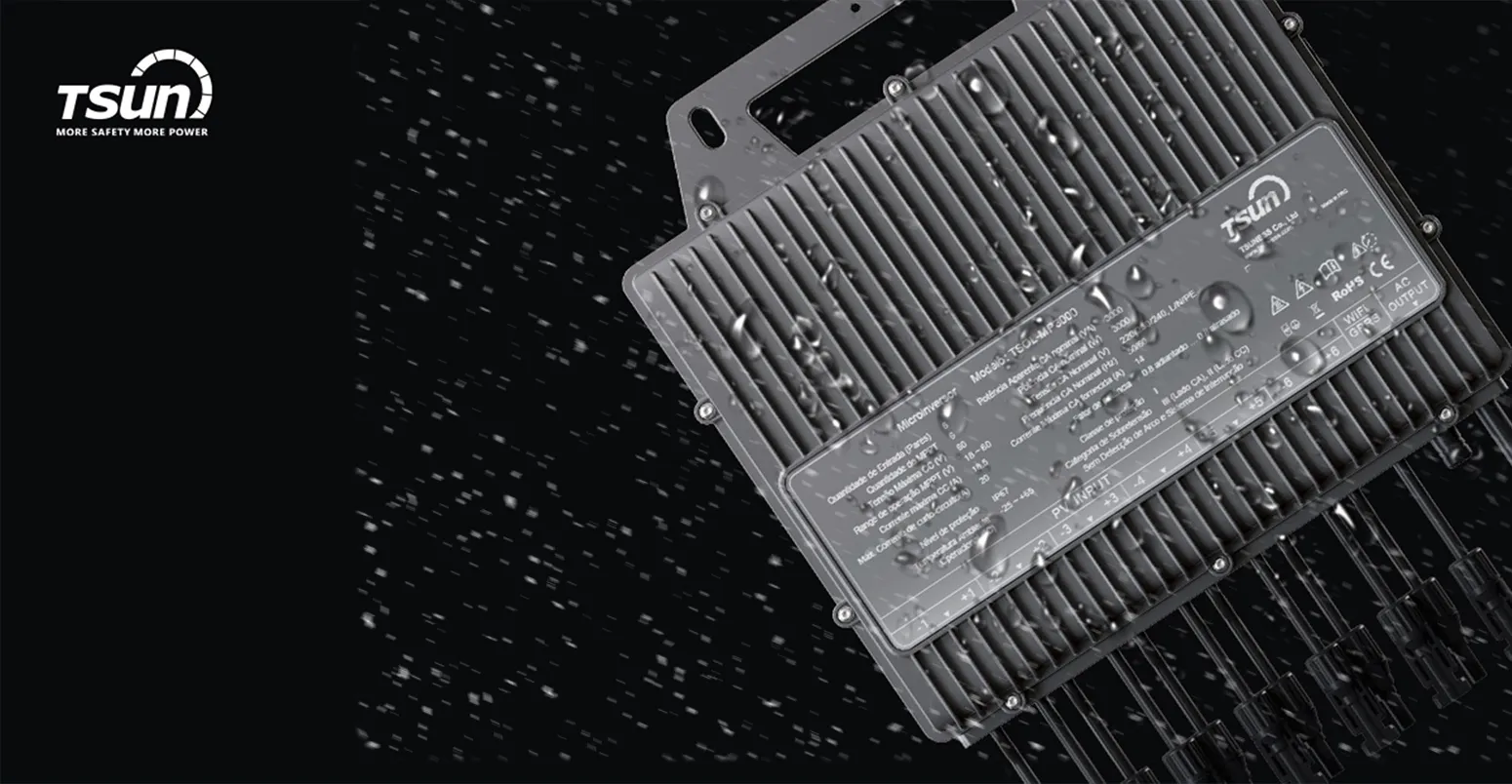Solar energy storage systems are rapidly becoming a pivotal component in the expanding landscape of renewable energy. As the demand for sustainable solutions rises, the focus on the price of these systems has never been more critical. Understanding the various factors influencing the cost is crucial for consumers seeking to adopt this technology.

The initial price of a solar energy storage system can be intimidating, but dissecting the costs helps to demystify this complex market. The core components affecting price are battery type, capacity, brand, and installation. Among these, battery type plays a significant role; lithium-ion batteries, for instance, are more expensive but offer superior efficiency and lifespan compared to lead-acid batteries.
Capacity is another factor to consider. The larger the storage capacity, the higher the price. However, the additional investment ensures more energy independence, allowing users to store excess energy during the day and utilize it during peak hours or during power outages. This independence from the grid is not only a financial incentive but also enhances resilience against rising energy costs.

Brand reputation and warranties also influence the price. Well-established brands with proven track records often command higher prices, but they also offer reliability and comprehensive warranties that safeguard your investment. It's worth paying a premium for a system backed by a robust customer service infrastructure and a history of technological innovation.
Installation can add significant costs to the total investment. Professional installation ensures safety and adherence to local regulations, which can vary greatly from one region to another. Seeking a certified installer is essential to ensure both safety and efficiency in your solar energy storage system setup.
solar energy storage system price
In recent years, financial incentives and government subsidies have substantially reduced the cost burden on consumers. Programs such as tax credits, rebates, and feed-in tariffs can lower the initial investment, making solar storage more accessible. Staying informed about these incentives is crucial as they can vary dramatically by location and are subject to change.
Despite the upfront costs, the long-term savings are substantial. A well-managed solar energy storage system can drastically reduce or eliminate electricity bills, leading to savings that offset the initial price over time. Moreover, with the proliferation of smart home technology, the integration of solar storage systems with home energy management tools is optimizing efficiency and further enhancing savings.
Technological advancements are continually driving down costs while improving the performance of solar energy storage systems. Emerging technologies, such as solid-state batteries and newer chemistry methods, promise to revolutionize the market by offering better storage capacities at lower prices.
When considering a solar energy storage system, researching and comparing options based on your specific energy needs and local conditions is vital. Consulting with energy experts or utilizing online tools and calculators can provide personalized insights and aid in making an informed decision.
Purchasing a solar energy storage system is an investment in the future. While the initial costs may seem steep, understanding the long-term benefits and savings potential is crucial. A well-chosen system offers not only financial returns but also a significant contribution to reducing your carbon footprint, aligning your home with the global shift towards sustainable energy solutions.
 LEARN DETAILS
LEARN DETAILS



